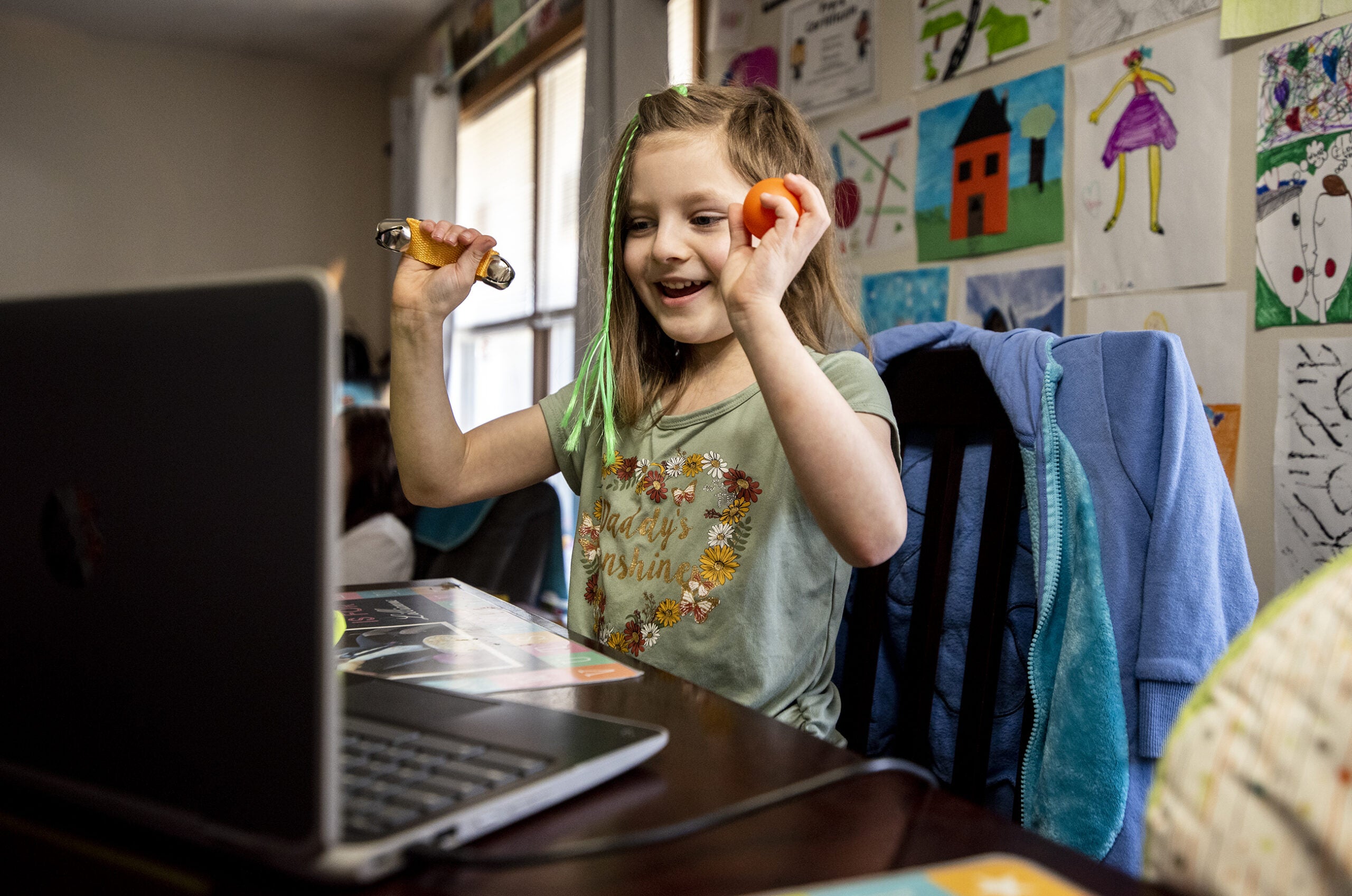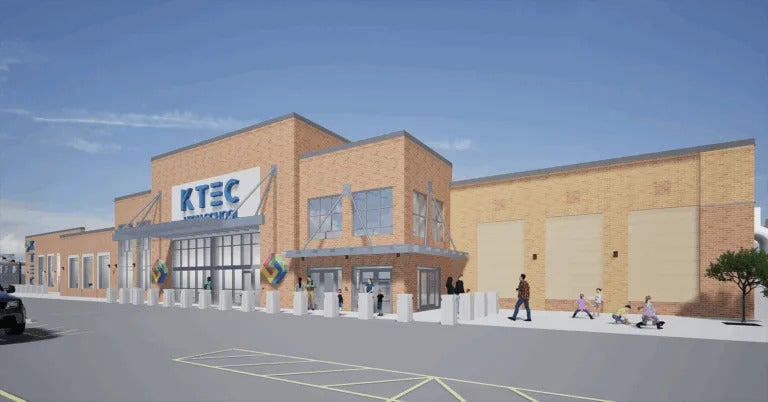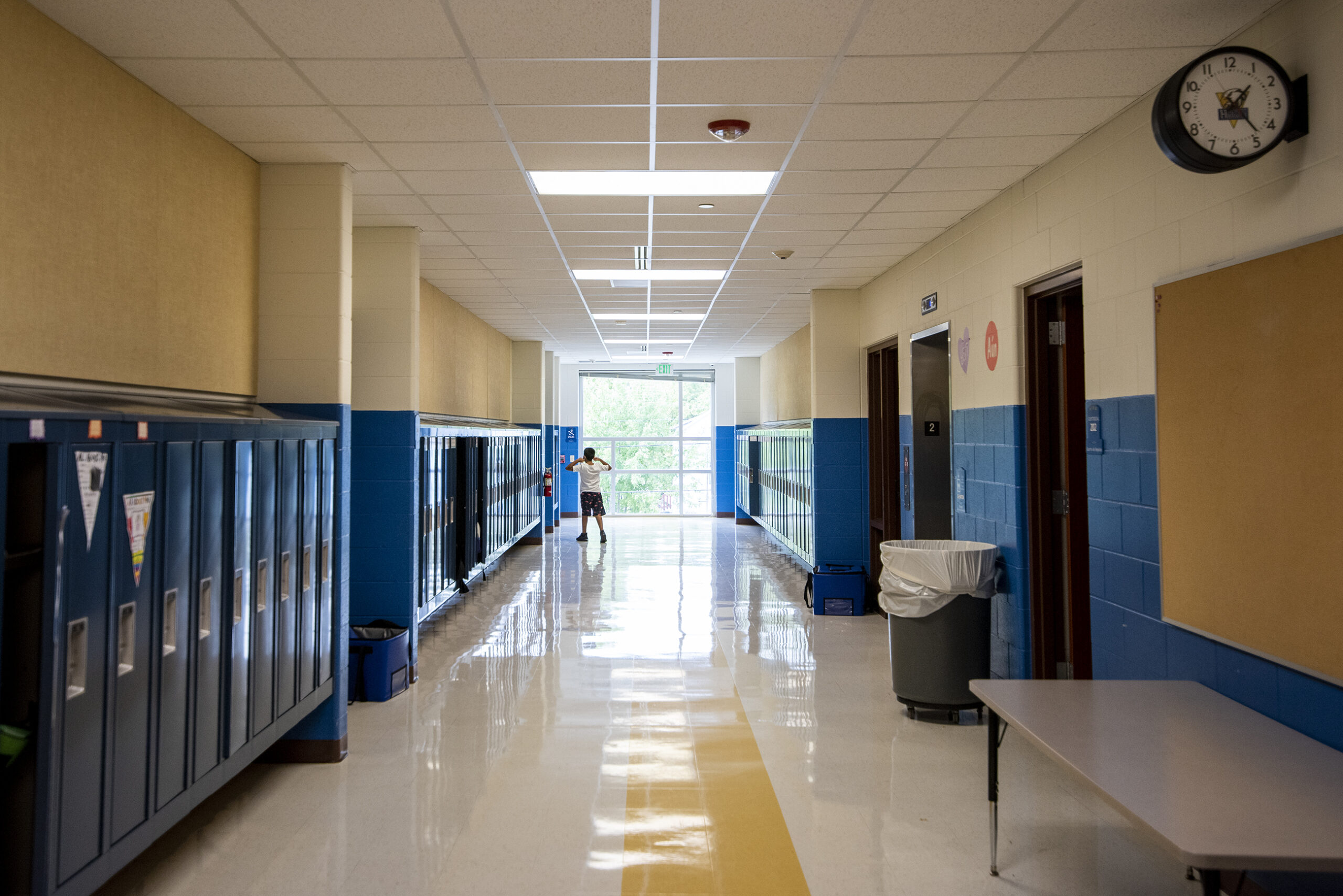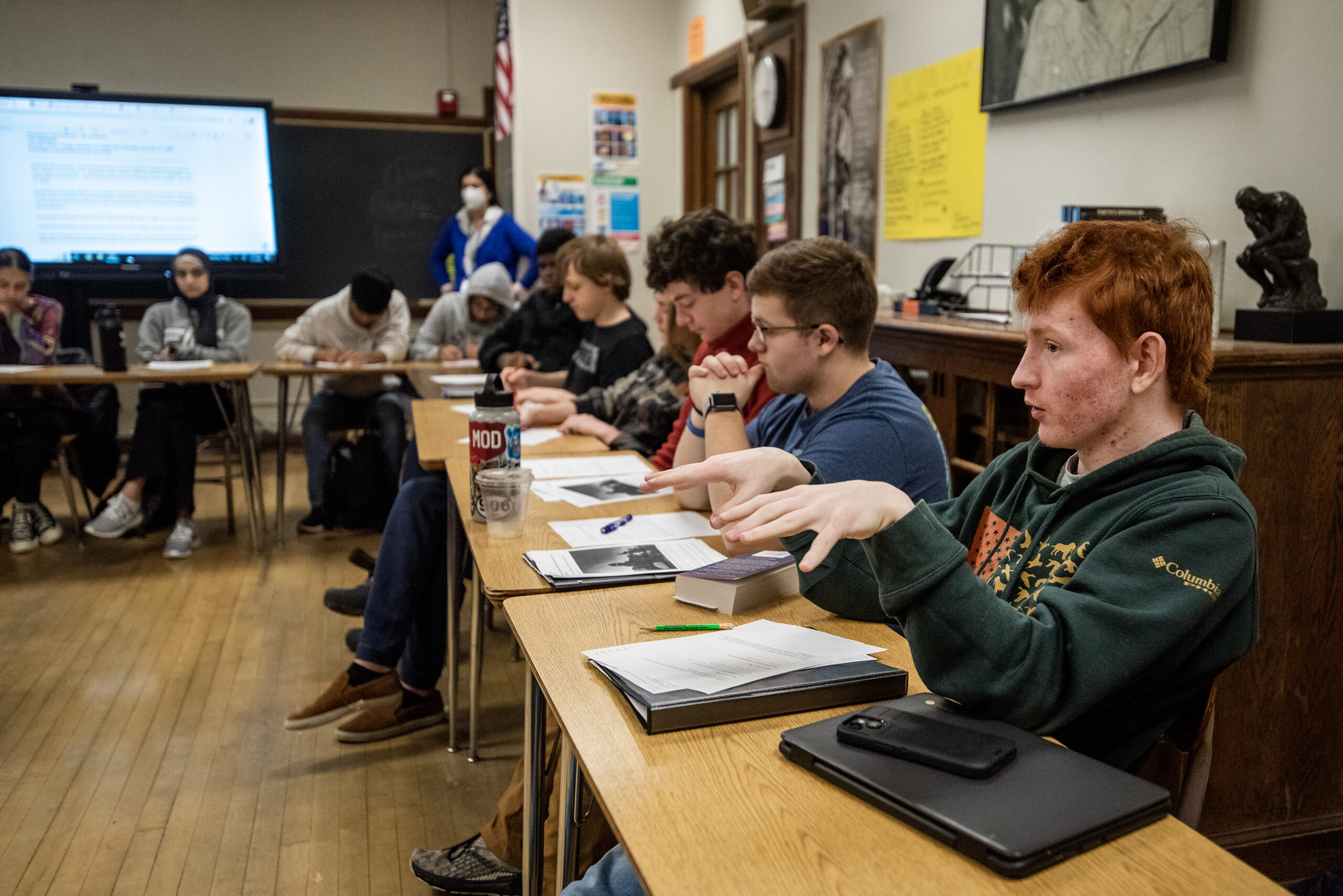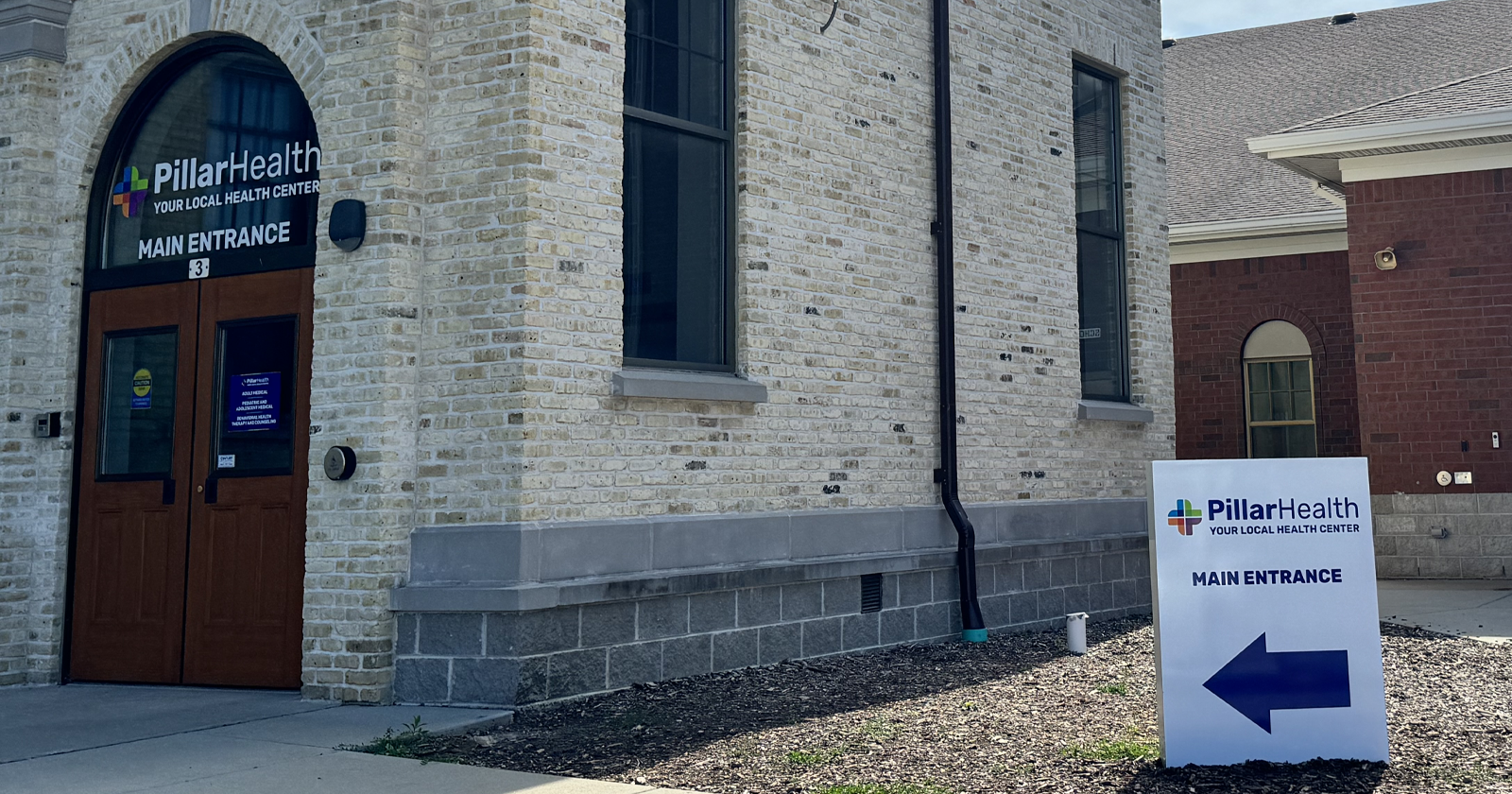When the pandemic ushered in months of virtual learning for Wisconsin families, some children across the state began to thrive in their home-schooled environments.
That was the case for Heather Brewer’s family, whose daughter was being bullied at a school in Racine.
“She has thrived academically,” said Brewer, whose daughter is now a fourth-grader at Racine Unified School District’s virtual school. “My daughter was afraid to talk, and now, she is so outgoing. She is actually ahead of the curve in the curriculum.”
News with a little more humanity
WPR’s “Wisconsin Today” newsletter keeps you connected to the state you love without feeling overwhelmed. No paywall. No agenda. No corporate filter.
Brewer learned this week that the district will end its kindergarten through eighth grade virtual learning program at the end of the school year due to low enrollment and financial constraints.
Brewer will have to decide where her daughter and son will attend school next year. She said her son is in kindergarten and has several chronic illnesses that would keep him from thriving in in-person school.
“My children are crushed and anxiety ridden,” Brewer wrote in a letter to School Board President Jane Barbian. “Not wanting to attend in person school in fear of a school shooting, bullying, health effects, physical, mental, emotional and more.”
Barbian did not respond to WPR for comment. But in a letter back to Brewer, she advised her to reach out to her state legislators and ask them for increased funding for public schools.
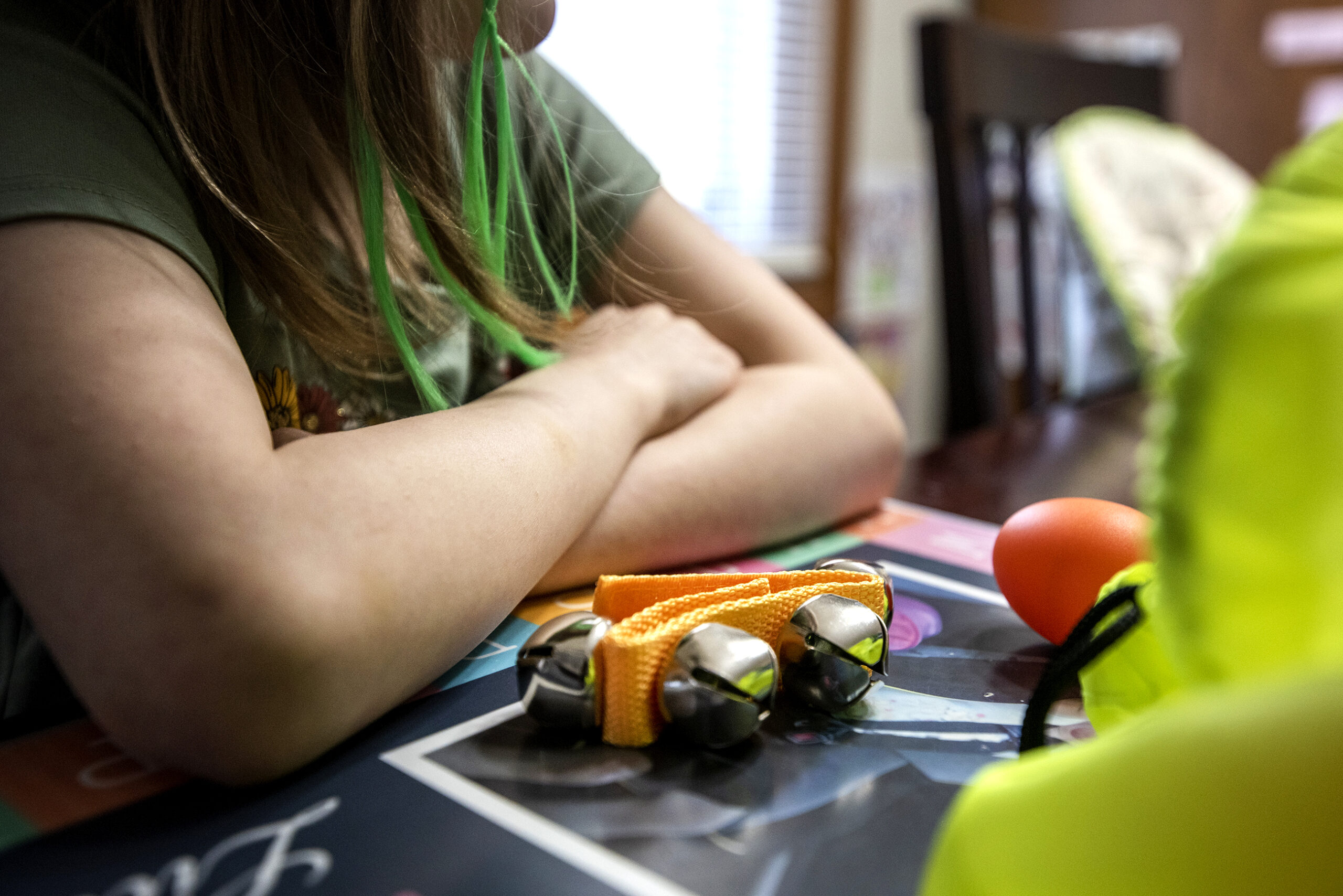
Racine’s virtual program has been paid for using federal Elementary and Secondary School Emergency Relief, or ESSER funds. Wisconsin’s public school received nearly $2.4 billion in ESSER funds.
Racine’s decision to cut K-8 virtual learning won’t be the first tough choice the district has to make — or the first news of educational program cuts across the state, as those funds run out in 2024.
Racine Unified spokesperson Stacy Tapp said the loss of ESSER funds and the enrollment of fewer than 100 students in the K-8 virtual program is forcing the closure.
Prior to the pandemic, Racine Unified had a high school virtual learning program. That will continue, Tapp said.
Suellen Krahn has been a teacher in Racine Unified for 20 years. She started the K-5 virtual program for the district in 2020. Now that there are fewer students, the district has transferred her to teach in-person middle school.
Krahn said she’s disappointed the program is ending because the students it reaches have diverse needs including ADHD, chronic illness, autism, speech impediments or behavioral problems. In a virtual environment, the students blossom, Krahn said.
“It’s a devastating loss,” she said. “I think the program was just wonderful for serving our marginalized students that will either leave the district to find another virtual program, that will be detrimental to the district, or they will have to go back to the classroom where they may not be successful.”
There are other virtual options, including 62 virtual charter schools in Wisconsin. Those schools serve about 13,000 students, according to the state Department of Public Instruction.
Kenosha Unified School District offers virtual learning, but for K-5 students, the program is in person.
The School District of Baraboo and the Green Bay Area Public School District have robust online programs.
Adam Gloudemans is the principal of Green Bay’s Lincoln Elementary and KJ Academy, the district’s virtual program.
Gloudemans said like Racine Unified, Green Bay has been using federal funds to pay for the virtual school. But the school board recently voted to move the program under the annual operating budget because of the benefits.
Every year, Green Bay has expanded the program by one grade. This year, there are five grades and about 80 students.
Gloudemans said there isn’t really one type of student who fits the profile.
“Some travel — we have a large population in Green Bay who return to Mexico for part of the year — we have students receiving chemotherapy, also students who struggle with mental health,” he said.
Wisconsin Public Radio, © Copyright 2026, Board of Regents of the University of Wisconsin System and Wisconsin Educational Communications Board.

